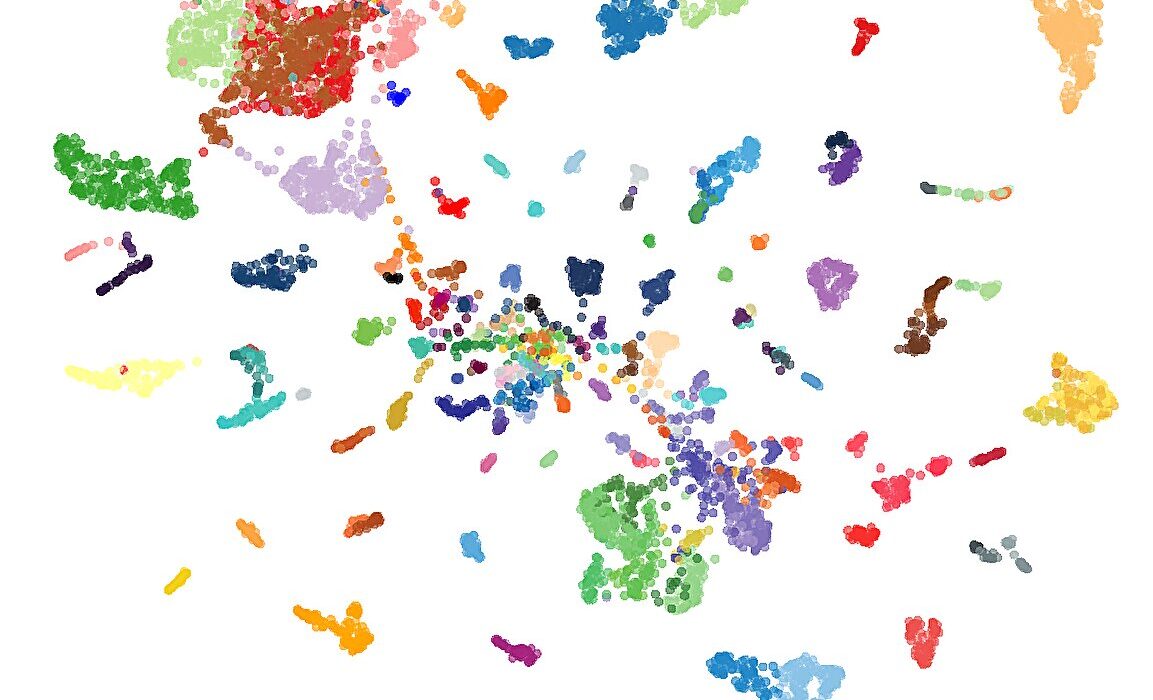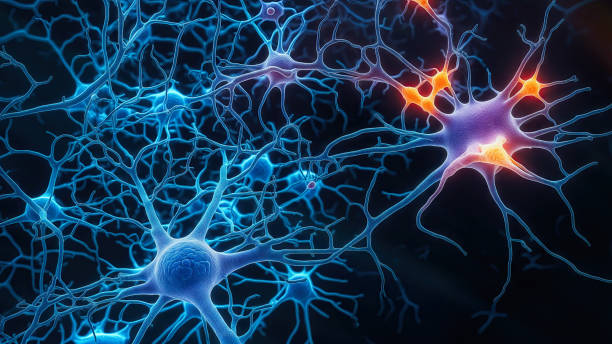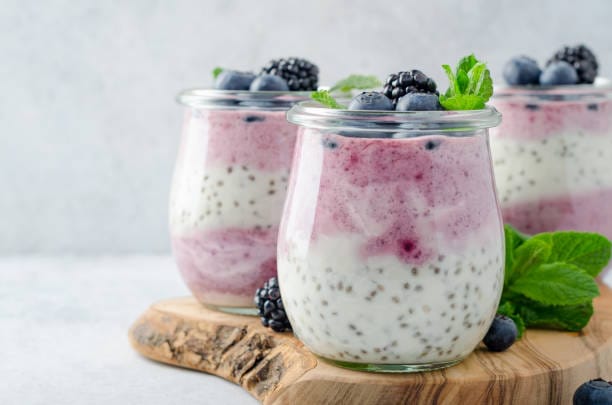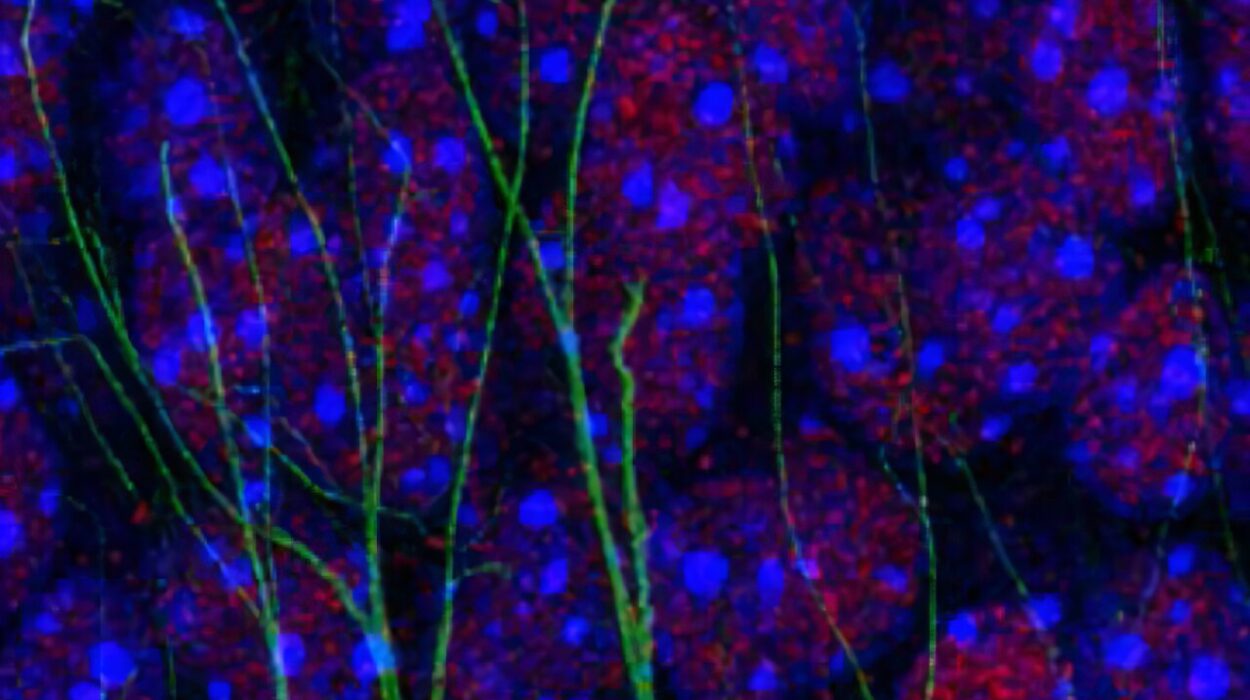Each of us is a mosaic—a unique, unrepeatable combination of genetic instructions that shape everything from the curve of our smile to the way our brains solve problems. Most of these instructions are inherited directly from our parents, carried faithfully in the DNA housed within the egg and sperm that created us. But not all of our genetic blueprint is inherited. Some of it is brand new—mutations that arise spontaneously in our parents’ reproductive cells, passed to us like a biological whisper from the previous generation.
These spontaneous mutations, known as de novo mutations (DNMs), are a fundamental feature of human biology. They are the raw material for evolution, the hidden architects of diversity, and sometimes, the culprits behind devastating genetic disorders. Understanding how, why, and when they occur is a key piece of the puzzle in both evolutionary genetics and precision medicine.
Now, an ambitious new study published in Nature Communications by researchers from the Wellcome Sanger Institute, the University of Cambridge, and their collaborators has peeled back another layer of this mystery. By analyzing whole-genome data from over 10,000 parent-child trios, scientists have found that a child’s number of new mutations is shaped not only by their parents’ ages—as previously known—but also, in subtle ways, by ancestry and lifestyle choices such as smoking.
It’s a reminder that the story of DNA isn’t just about what we inherit, but also about the hidden influences of where we come from and how we live.
The Invisible Burden of New Mutations
The idea that new genetic mutations appear out of the blue in every generation is not a new one. Scientists have long understood that every child carries a handful of unique mutations that neither of their parents had—tiny spelling errors in the 3 billion-letter human genome that arise during the copying of DNA in the reproductive cells.
Most of these mutations are harmless, lost in the genetic background noise. A few are beneficial, giving rise to traits that may be favored by natural selection. But some—particularly those that land in critical parts of the genome—can cause rare and often severe diseases. Disorders like autism spectrum conditions, intellectual disabilities, and congenital malformations can sometimes be traced back to a single unlucky mutation in a sperm or egg cell.
Because these mutations are such potent drivers of both genetic disease and human evolution, scientists have sought to understand what determines how often they occur. The one standout factor has been parental age, especially that of the father. Sperm are produced continuously throughout a man’s life, and each cycle of replication carries a risk of introducing errors. As a result, children of older fathers tend to carry more DNMs.
But age doesn’t tell the whole story. Two parents of the same age can still produce offspring with very different numbers and patterns of mutations. So what else is at play?
Inside the 100,000 Genomes Project
To investigate this question, the research team turned to a powerful resource: the 100,000 Genomes Project. This landmark initiative, led by Genomics England, has assembled one of the largest databases of whole-genome sequences in the world. Among its treasures are thousands of trios—families in which both parents and a child have had their entire genomes sequenced.
These trios are genetic goldmines for studying DNMs. By comparing the child’s genome with that of their parents, scientists can identify every single new mutation that must have arisen in the egg or sperm. Unlike inherited variants, these DNMs are not found in the parents’ genomes but appear for the first time in their child—genetic footprints of a mutation event in the previous generation.
The researchers analyzed data from approximately 10,000 trios, identifying a staggering 690,000 de novo mutations. This is the largest dataset of DNMs ever assembled in a single study, giving scientists unprecedented statistical power to detect subtle patterns and influences.
The Ancestry Effect: A Genetic Signature of Origin
Among the most intriguing findings was a subtle but consistent difference in the number of DNMs among individuals of different ancestral backgrounds. On average, children of African ancestry had around 67 DNMs, while those of European, American, and South Asian ancestry had about 64 per genome.
At first glance, the difference may seem modest—just a few mutations per child. But when considered across a population, even small shifts in mutation rate can influence long-term genetic diversity, disease risk, and evolutionary dynamics.
So, what might account for this difference? The study suggests several possibilities. One is genetic background—the possibility that different populations carry variants that subtly influence the mechanisms by which DNA is copied or repaired. Another is environmental exposure—factors such as diet, climate, or pollutants that vary between populations and could affect mutation rates.
It’s also possible that the difference reflects historical or socioeconomic factors, like disparities in healthcare, stress levels, or even access to fertility treatments. The study carefully adjusted for age and other known variables, but the findings highlight just how complex the relationship is between our genetic roots and our biological futures.
Crucially, the researchers emphasize that the differences in mutation rate by ancestry are far smaller than those associated with parental age. For example, the difference in average DNMs between ancestry groups is roughly equivalent to having a father who is two years older. In other words, ancestry makes a difference—but age still rules the game.
Smoking and the Subtle Signature of Lifestyle
Another key question the researchers set out to explore was whether lifestyle choices, such as smoking, leave a detectable mark on the DNA of the next generation. Previous research has shown that smoking increases mutation rates in the smoker’s own tissues, especially those exposed to direct carcinogens like lung or throat cells. But could it also impact the germline—the DNA carried in sperm or eggs and passed to offspring?
The answer, according to this study, appears to be yes—but very subtly.
Using medical records linked to the genomic data, the researchers identified parents with a documented history of smoking. They found that children born to these parents had a small but statistically significant increase in the number of DNMs—about 2% more mutations on average. That’s less than one extra mutation per genome, similar in impact to the effect of having the father be a year older at the time of conception.
Importantly, this finding does not mean that smoking is a major driver of genetic disease in offspring. The effect size is tiny, and the vast majority of these extra mutations are likely to be harmless. However, the result adds weight to the idea that environmental exposures—especially those affecting reproductive cells—can influence the genetic material we pass on.
It also opens the door to more research. For example, would secondhand smoke, alcohol use, or air pollution have similar effects? And what about nutritional status, stress, or exposure to certain chemicals? The answers could reshape our understanding of how lifestyle impacts not just personal health, but the genetic legacy we leave behind.
The Missing Pieces: Why This Matters for Genetic Research
One of the most important implications of this study lies not in its specific findings, but in the challenge it poses to assumptions embedded in modern genetics. Many population genetics and disease gene discovery studies rely on models that assume a uniform mutation rate—that is, a fixed probability that any given DNA letter might change from one generation to the next.
These models are the bedrock of tools used to trace ancestry, infer human migration patterns, and identify disease-causing genes. But if mutation rates vary—based on ancestry, age, or environment—then these models may need recalibration. Failing to account for such variation could lead to underestimating or overestimating disease risk, or missing critical signals in the search for rare genetic disorders.
In the context of rare disease diagnosis, where identifying a disease-causing DNM can mean the difference between uncertainty and clarity for a family, even small improvements in mutation rate modeling can be valuable. If the average number of new mutations is slightly higher or lower in certain groups, that changes the statistical thresholds used to pinpoint pathogenic variants.
By cataloging the largest known set of DNMs and correlating them with real-world factors like ancestry and smoking, this study lays the groundwork for more personalized, more accurate genetic analysis in both research and clinical settings.
Protecting the Blueprint: Evolution’s Imperfect Shield
Perhaps one of the most sobering insights from the study is that while our bodies have evolved sophisticated mechanisms to protect the integrity of germline DNA, they are not perfect. DNA repair enzymes, error-checking machinery, and cell cycle checkpoints all work together to minimize copying mistakes during sperm and egg production. And yet, even with this evolutionary firewall, mutations still slip through.
As Dr. Raheleh Rahbari of the Wellcome Sanger Institute put it, “While evolution has done its best to develop mechanisms to protect the DNA we pass on to our offspring, our study has shown that it’s not fully protected from certain exposures.”
This is both a challenge and an opportunity. It means that human biology is not static or isolated—it’s porous, sensitive, and reactive to our environment. It also means that public health, lifestyle, and even societal conditions can shape not just who we are, but who we become through the next generation.
A New Lens for Future Studies
The researchers behind this study are careful not to overstate their findings. They acknowledge that many questions remain. The mechanisms by which smoking or ancestry might influence mutation rates are not yet fully understood. The dataset, while enormous, reflects a population skewed toward those with medical conditions (due to the nature of the 100,000 Genomes Project), and further replication in more diverse, healthy populations is needed.
Still, the study opens a new lens for looking at human genetics. It invites us to consider mutation not just as a random process, but as a phenomenon shaped by biology, environment, culture, and behavior.
As Dr. Hilary Martin of the Sanger Institute summed up, “In our study, we’ve been able to see for the first time that a person’s ancestry and even lifestyle choices of their family, such as smoking, are associated with the number of new DNA changes that arise in their genome. These effects are small, but nonetheless these findings increase our understanding of factors associated with this fundamental biological process.”
The Future of Mutation Science
What comes next? The future lies in deeper integration of genomic, environmental, and lifestyle data. With the growing availability of biobank-scale datasets and electronic health records, scientists may soon be able to model mutation risk with a precision never before possible.
Beyond smoking, researchers are now investigating the impact of exposures such as chemotherapy, radiation, chronic illness, pollutants, and even socio-economic stress. The question is not whether these factors leave a mark on our germline, but how, and to what extent.
In time, this line of research may even lead to guidelines for reproductive health—ways to help prospective parents reduce risks to their children’s genomes, just as folic acid supplements are now recommended to prevent neural tube defects.
The Takeaway: We Inherit More Than Genes
This study underscores a profound truth: what we pass on to our children is not just DNA, but a legacy of choices, exposures, and environments. Mutation is no longer just a game of molecular roulette—it’s a process shaped by life itself.
In that sense, every generation is not just a genetic copy of the last, but a canvas touched by history, habit, and humanity. We inherit the world—and we leave our mark upon it, written letter by letter into the genome of those who follow.
Reference: O. Isaac Garcia-Salinas et al, The impact of ancestral, genetic, and environmental influences on germline de novo mutation rates and spectra, Nature Communications (2025). DOI: 10.1038/s41467-025-59750-x






